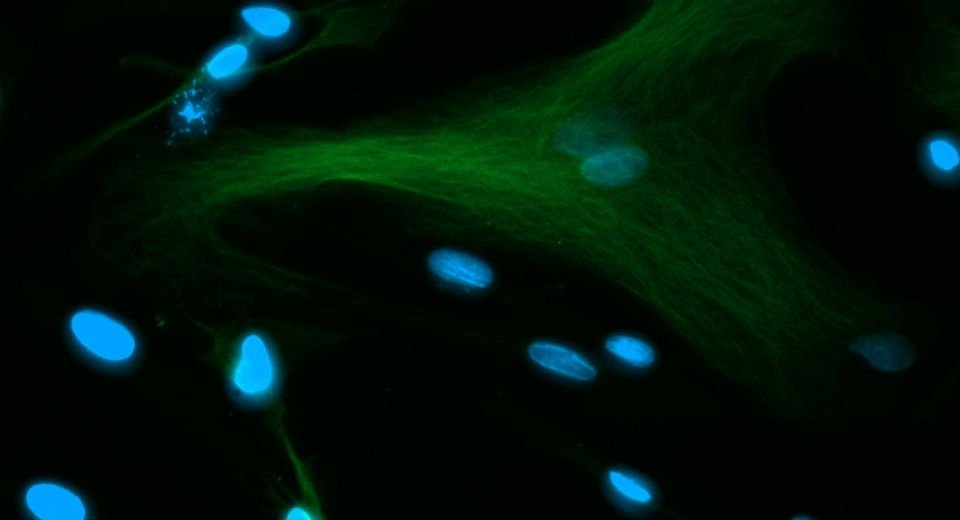HQ Team
April 26, 2024: Researchers have reworked DNA and proteins, the essential building blocks of life, to create cells that look and act like cells from the body — a discovery that may aid regenerative medicine, drug delivery systems, and diagnostic tools.
“This synthetic cell technology will not just enable us to reproduce what nature does, but also make materials that surpass biology,” said Ronit Freeman, an associate professor at the University of North Carolina at Chapel Hill College of Arts and Sciences.
Instead of creating materials made to last, she said their materials are made to task — perform a specific function and then modify themselves to serve a new function.
Cells and tissues comprise proteins that come together to perform tasks and make structures. Proteins are essential for forming the framework of a cell, called the cytoskeleton. Without it, cells wouldn’t be able to function.
Cytoskeleton’s flexibility
The cytoskeleton allows cells to be flexible, both in shape and in response to their environment. Without using natural proteins the researchers build cells with functional cytoskeletons that can change shape and react to their surroundings.
The researchers used a programmable peptide-DNA technology that directs peptides, the building blocks of proteins, and repurposed genetic material to work together to form a cytoskeleton.
“DNA does not normally appear in a cytoskeleton,” Freeman said. “We reprogrammed sequences of DNA so that it acts as an architectural material, binding the peptides together. Once this programmed material was placed in a droplet of water, the structures took shape.”
Fine-tune cell’s response
“With this discovery, we can think of engineering fabrics or tissues that can be sensitive to changes in their environment and behave in dynamic ways,” Freeman, whose lab is in the Applied Physical Sciences Department of the UNC College of Arts and Sciences, said.
The ability to program DNA in this way means scientists can create cells to serve specific functions and even fine-tune a cell’s response to external stressors.
While living cells are more complex than the synthetic ones created by the Freeman Lab, they are also more unpredictable and more susceptible to hostile environments, like severe temperatures.
Stability of synthetic cells
“The synthetic cells were stable even at 122 degrees Fahrenheit, opening up the possibility of manufacturing cells with extraordinary capabilities in environments normally unsuitable to human life,” she said.
The materials could be customised by adding different peptide or DNA designs to program cells in materials like fabrics or tissues.
These new materials can integrate with other synthetic cell technologies, all with potential applications that could “revolutionise fields like biotechnology and medicine,” according to a University statement.
“This research helps us understand what makes life,” she said.

1 Comment